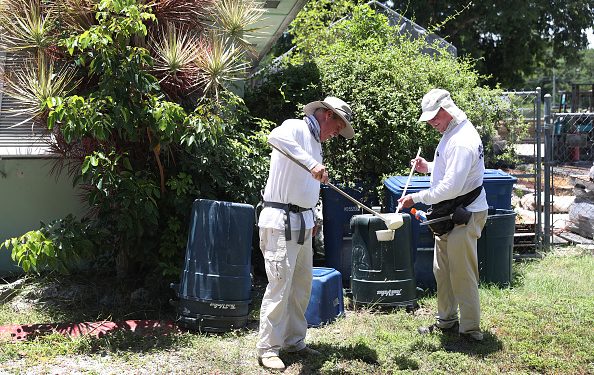Texas public health officials confirmed the state’s first locally acquired dengue case of the year in Cameron County on Monday.
This follows a year with 106 travel-related dengue cases in Texas, including one fatality—the highest count since 2002. Until now, all cases in the state had been linked to travel.
Cameron County, situated in the Rio Grande Valley along the Gulf of Mexico, is particularly vulnerable due to its proximity to mosquito-prone areas.
The Centers for Disease Control and Prevention (CDC) issued an alert earlier this year highlighting a global surge in dengue cases. By mid-2024, countries in the Americas had reported double the total cases recorded in 2023, and the U.S. had identified 745 cases in travelers by June.
Locally acquired cases occur when individuals contract the virus without recent travel to areas where dengue is common, such as tropical and subtropical regions like Florida and U.S. Caribbean territories.
The Texas Health Department estimates that about 25% of those infected with dengue develop symptoms, with 5% of symptomatic individuals at risk of severe illness.
Dengue, a mosquito-borne illness, causes symptoms in about 25% of those infected, including fever, body aches, nausea, vomiting, and rashes. Symptoms typically appear within two weeks of a mosquito bite and last up to a week. Most individuals recover fully.
To date, the CDC has reported over 4,960 U.S. dengue cases in 2024, with the majority in Puerto Rico. Florida and California have reported 53 and 15 locally acquired cases, respectively. Nationally, this year’s locally transmitted dengue cases are more than triple last year’s total.
The CDC attributes the rise in cases to record global dengue outbreaks and warns that increasing temperatures may further elevate transmission risks. Texas health officials advise residents to remain vigilant as mosquitoes remain active into late fall.
The Health Department advises residents to:
- Use insect repellents containing DEET, picaridin, or oil of lemon eucalyptus.
- Apply permethrin to clothing (not skin) and follow label instructions.
- Wear protective clothing outdoors.
- Avoid outdoor activities during peak mosquito activity times—dawn and dusk for West Nile and daytime for dengue.
- Drain standing water around homes to reduce mosquito breeding.






